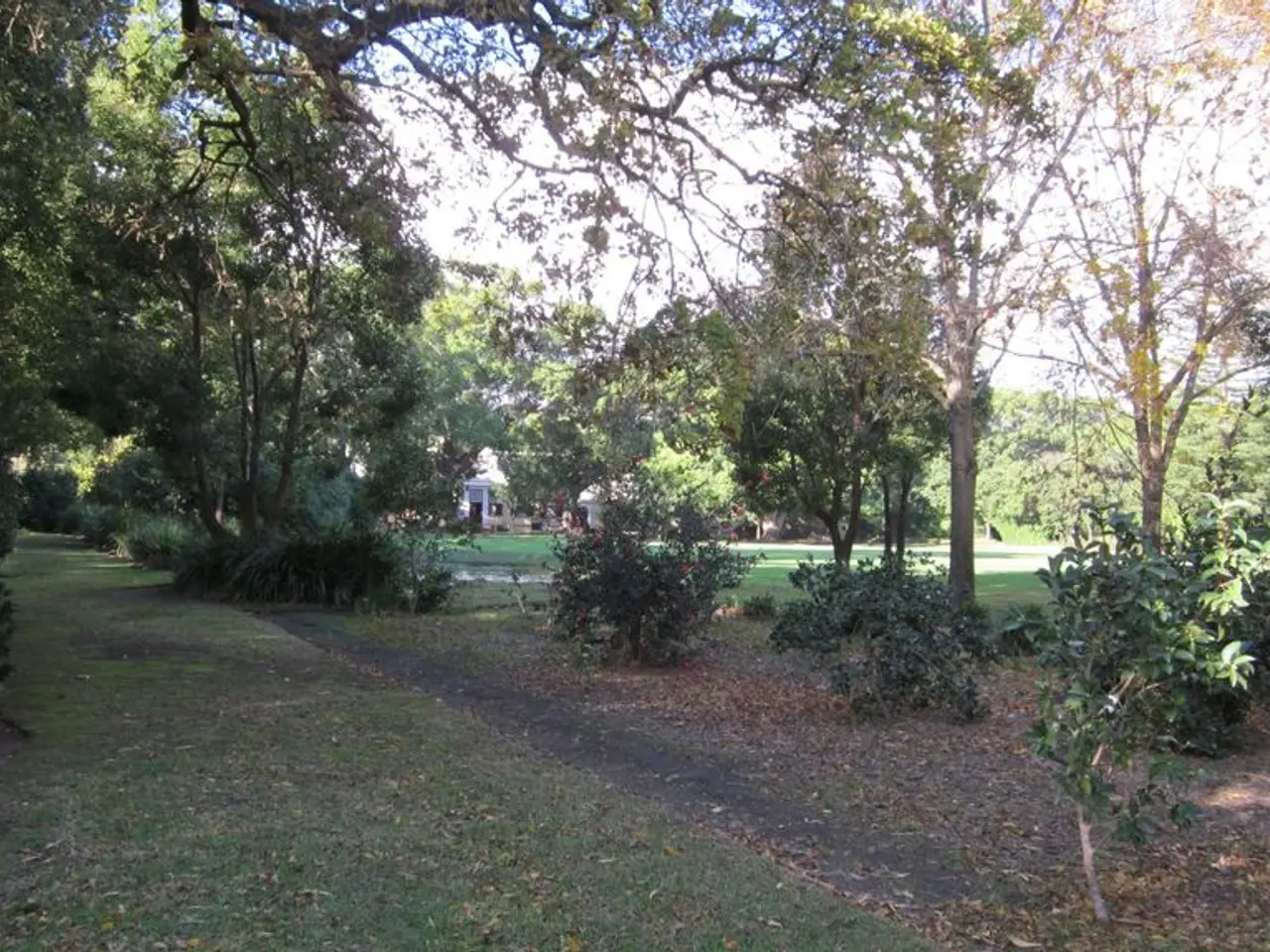Meta's Innovative AI Forest Mapping: Revolutionizing Carbon Monitoring in the Wilderness
In a groundbreaking development, Meta has unveiled an open-source AI model designed to enhance the monitoring and verification of forest carbon projects worldwide. This innovative tool, which is freely accessible, offers a significant boost to the planning, monitoring, and verification of these projects.
The AI model generates high-resolution canopy height maps at a resolution of less than one meter per pixel, providing detailed information about forest health and carbon storage on a global scale. This level of detail allows for the detection of individual trees, facilitating precise monitoring of forest conditions.
One of the key advantages of Meta's AI model is its dynamic monitoring capability. The tool can generate updated maps over time as new imagery becomes available, enabling the tracking of changes in forests such as selective logging, natural regeneration, and degradation. This feature is crucial for monitoring changes in carbon stocks over time.
The canopy height map also supports methods from major carbon credit standards, such as Verra VM0045 and VM0047, and the American Carbon Registry's IFM. This support is particularly important for those who need dynamic baselining or updating project baselines with real data from nature.
Meta's AI model integrates with other technologies, such as the World Resources Institute's Global Forest Watch platform, further expanding its capabilities for monitoring and verifying forest carbon projects.
However, it's important to note that the global canopy height map uses images from 2009 to 2020, which may not show current forest conditions. Therefore, updated maps are necessary to ensure accuracy. Additionally, accuracy may drop in underrepresented forest types, so local validation with field or lidar data is advised.
While the model offers unprecedented detail and accuracy, its use requires significant computing power and technical expertise, which may limit adoption. Remote sensing, the method used to gather information about forests without physically being there, also presents challenges, as there is no universal agreement among registries, buyers, and developers on acceptable methods or datasets for forest carbon projects.
Experts recommend clearer standards for how datasets can be used, better reporting on uncertainty, clearer rules for issuing carbon credits, a global benchmarking database with verified data, and a central portal for quality datasets to boost adoption.
In conclusion, Meta's AI-powered canopy height map offers a powerful tool for improving the efficiency and credibility of forest carbon projects worldwide. By providing high-resolution data on a global scale and enabling dynamic monitoring, accurate carbon stock estimation, accessibility, and transparency, this innovation is set to revolutionise the field of forest carbon project monitoring and verification.
- The science of environmental-science and climate-change benefitted significantly when Meta released an open-source AI model designed for the monitoring and verification of forest carbon projects worldwide, which is fortified with data-and-cloud-computing technology.
- The AI model's dynamic monitoring capability, supported by Verra's carbon credit standards (VM0045 and VM0047, and the American Carbon Registry's IFM), generates updated maps over time, allowing for precise tracking of climate-change impacts on forest conditions.
- Technology's role in climate tech is further illustrated with Meta's AI model, as it integrates with other platforms like the World Resources Institute's Global Forest Watch, enhancing its capabilities for monitoring forest carbon projects.
- Despite the impressive detail and accuracy provided by Meta's AI model, its usage requires technical expertise and extensive computing power; experts suggest addressing challenges in standardizing datasets, reporting uncertainties, and creating a central portal for quality datasets to increase its adoption.




